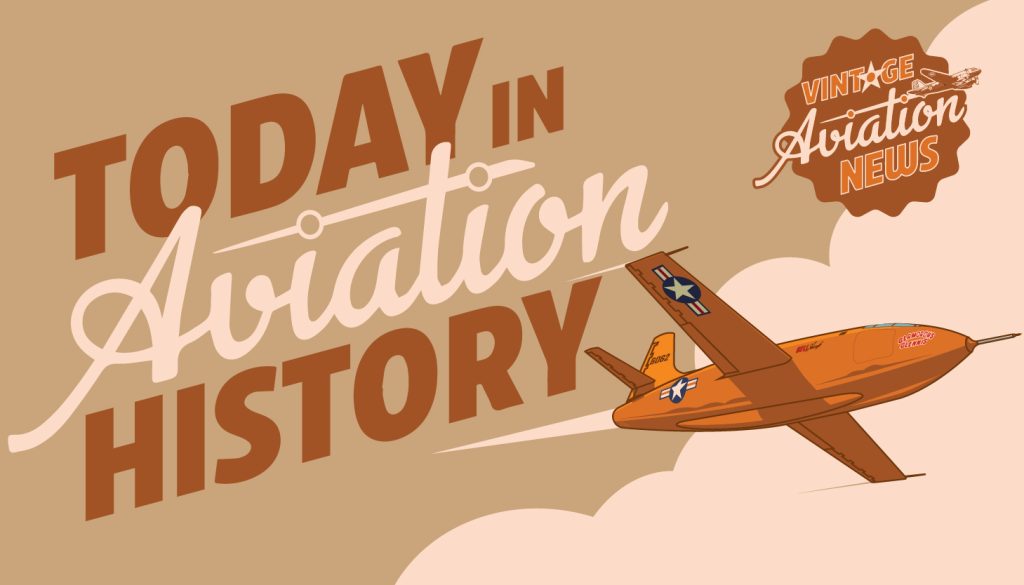
Since the escalation of US involvement in Vietnam, the US Air Force and the Republic of Vietnam Air Force began one of the largest aerial bombing campaigns in military history, known as Operation Rolling Thunder, in March 1965. However, the Vietnamese People’s Air Force (VPAF) began accepting deliveries of equipment from the Soviet Union in the form of jet fighters, surface to air missiles (SAMs), and radar detection units, along with Soviet advisors who were sent to train the North Vietnamese. The most advanced aircraft sent to North Vietnam by the Soviets was the Mikoyan-Gurevich MiG-21 “Fishbed”, a Mach 2-capable interceptor that gained a formidable reputation among American pilots. The success of the North Vietnamese Air Force was also due in large part to the Rules of Engagement (ROE) placed upon American pilots over North Vietnam by their own command structure in Washington. For example, the McDonnell-Douglas F-4 Phantom II was capable of launching the AIM-7 Sparrow at beyond visual ranges (BVRs), but the ROE placed on American fighter pilots mandated that they could only engage any possible targets after visually identifying them, at which point the large and heavy F-4s were within range of being engaged by smaller NVAF fighters that were often more agile and armed with autocannons, while early F-4s lacked any gun until the later installation of gun pods.
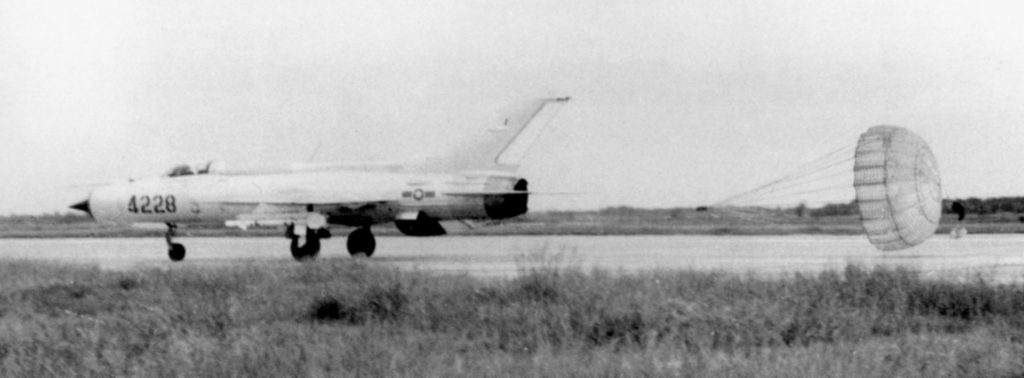
Worse still, Republic F-105 Thunderchief fighter-bombers (nicknamed “Thuds” by their crews) were laden with more ordnance than that carried by B-17 Flying Fortresses in WWII, and although the Thuds carried QRC-160 radar jamming pods to prevent SAM radar units from acquiring locks on them, North Vietnamese radar units could identify the radar frequencies to determine that they were dealing with F-105s, and could vector the MiG-21s to intercept the Thuds. However, because the North Vietnamese only had around 16 MiG-21s in their entire air force, they would wait for optimal conditions to strike, and after engaging the Thuds by either shooting them down or forcing them to prematurely drop their payloads, they would retreat before the Phantoms could shoot them down, effectively utilizing guerilla hit-and-run tactics in the air. USAF Rules of Engagement also prohibited bombing the North Vietnamese air bases for fear of escalating the conflict by killing Soviet advisors on these bases, which the Pentagon believed could draw the Soviets into the war. Therefore, the only way the USAF Phantoms could destroy the Fishbeds was to engage them in the air, but if they wanted to destroy the MiGs, they would have to alter the situation to their advantage.
Enter Robin Olds. Born Robert Olds, Jr., the son of Major General Robert Olds, who had been a colleague of Brigadier General William “Billy” Mitchell, Olds graduated from West Point in 1943 as an All-American football player and became a fighter ace in the skies over Europe during WWII, flying Lockheed P-38 Lightnings and North American P-51 Mustangs, being officially credited with 12 German planes shot down and 11.5 others destroyed on the ground. Olds remained in the newly independent US Air Force and became an early jet pilot in February 1946. Despite multiple requests for a combat assignment during the Korean War, Olds was kept stateside, and over the next decade, Olds took on numerous command assignments in the US, Europe, and Libya, and graduating from the National War College in 1963. While Olds was known to speak his mind, even when speaking with superior officers, he got his wish for a second combat assignment, over twenty years after he had seen combat in the cockpit of a P-51 in WWII.
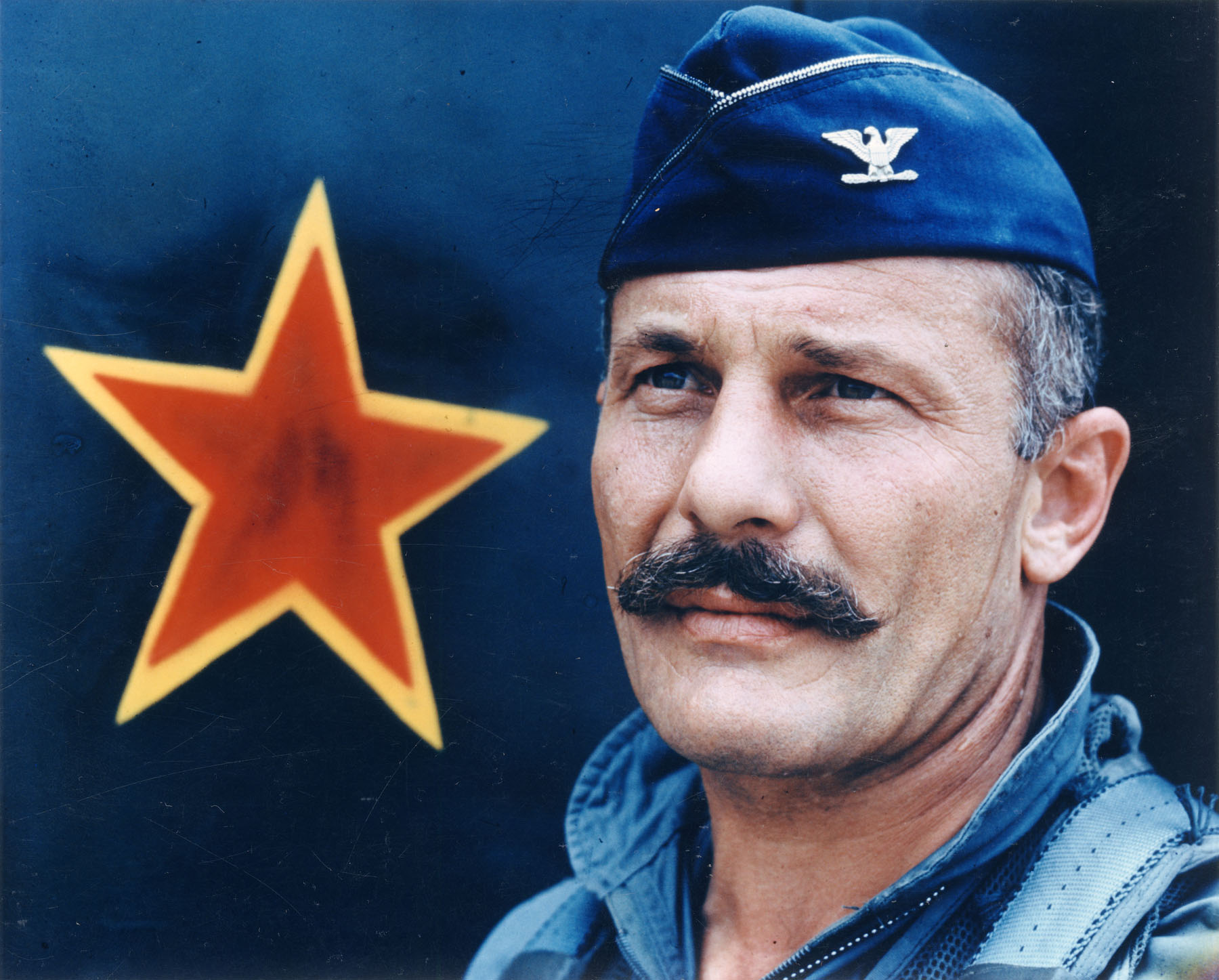
On September 30, 1966, Robin Olds, now a 44-year-old Colonel, took command of the 8th Tactical Fighter Wing (TFW) “Wolf Pack” based in Ubon, Thailand, a unit whose young pilots had been lacking in aggressiveness and a sense of purpose due to inadequate leadership. Compared to his predecessor, who had only flown 12 combat missions in the ten months he had been in command of the wing, Olds immediately placed himself on the flight roster as a rookie pilot under officers junior to him in both rank and in age, and challenged them to train him properly, for he would soon be leading them. This instantly won the respect of the young fighter pilots, and soon, Olds would bring in another experienced pilot to serve as the deputy director of operations for the 8th TFW, Colonel Daniel “Chappie” James, a member of the Tuskegee Airmen who had been kept stateside during WWII as a flight instructor but had seen combat in Korea. Together with vice commander Vermont Garrison, a WWII and Korean War fighter ace, the 8th TFW was now led by three of the most experienced and aggressive aerial tacticians in the USAF.
Now that they had established the ground rules, Olds and James turned their attention to the MiG-21s. They observed that when their F-4s were escorting the F-105s, the North Vietnamese MiG-21s would avoid combat with the Phantoms and focus primarily on the Thuds. If the Phantoms were detected beforehand by North Vietnamese radar units, the MiG-21s would not engage. It was then that Olds came up with an idea to disguise the movements of the 8th TFW’s Phantoms to mimic those of the bomb-laden F-105 Thunderchiefs through using the same radar jamming pods.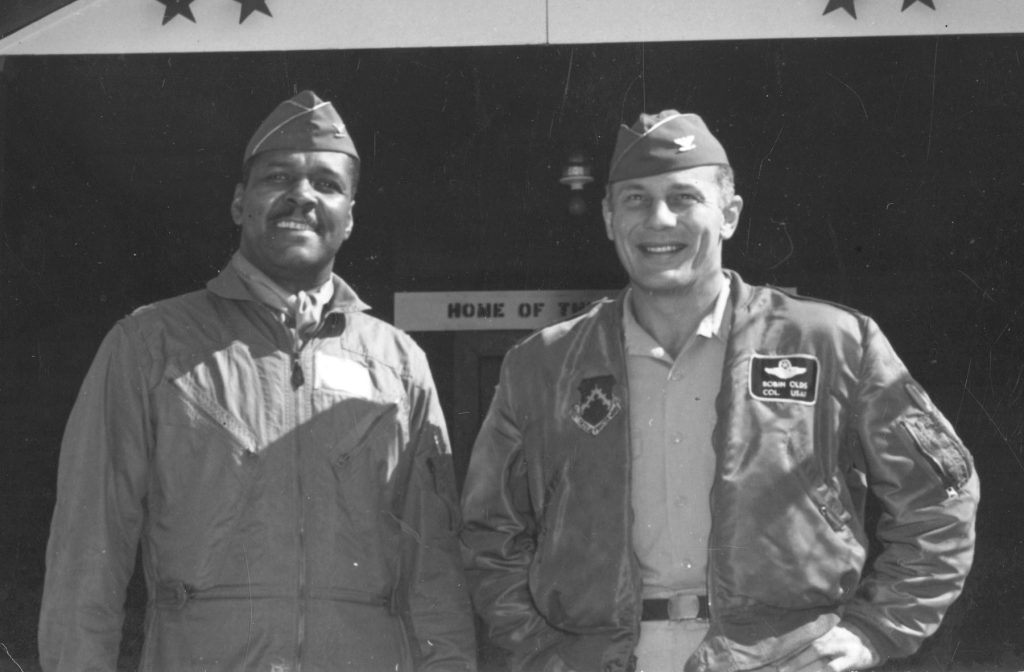
Olds assigned four junior officers to develop the plan: Capt. John B. “J.B.” Stone (tactics officer of the 8th TFW), 1st Lt. Joseph Hicks, 1st Lt. Ralph F. Wetterhahn, and Maj. James D. Covington. The plan was for the 8th TFW to equip themselves with QRC-160 radar jamming pods, the same pods used by F-105s. They would then fly at the same airspeed, altitude, and formation configuration as the Thuds, and use radio callsigns similar to what F-105s were using. The plan was presented to Gen. William Momyer, commander of the Seventh Air Force, who gave his approval to what became known as Operation Bolo, named for a Filipino machete that doubles as a close-quarters weapon.
Initially, Operation Bolo was to commence on January 1, 1967, but due to bad weather, the mission was pushed back to January 2. That day, six flights of F-4s left Ubon, carrying the callsigns Olds, Ford, Rambler, Lincoln, Tempest, Plymouth, and Vespa. The lead elements were Olds Flight, led by Colonel Olds himself, Ford Flight, led by Colonel James, and Rambler Flight, led by Captain Stone. At 3:00pm, the flights arrived over Phúc Yên Air Base, 30 kilometers from Hanoi, where between 11 and 14 MiG-21s were scrambled to intercept they thought were several flights of F-105 fighter bombers. To their surprise, they encountered the F-4 Phantoms of the 8th Tactical Fighter Wing. Due the ensuing combat, the 8th TFW claimed seven kills against the North Vietnamese MiG-21s, with three kills scored by Olds Flight (one of which being scored by Olds himself), one by Ford Flight, and another three by Rambler Flight with either AIM-7 Sparrows or AIM-9 Sidewinder missiles, with no losses of their own. Later, communist Vietnamese sources claimed that five MiG-21s of the 921st Fighter Regiment were recorded as being destroyed, with the VPAF listing that all five MiG-21 pilots had successfully ejected and would describe January 2 as having one of the worst single-day loss rates during the war.
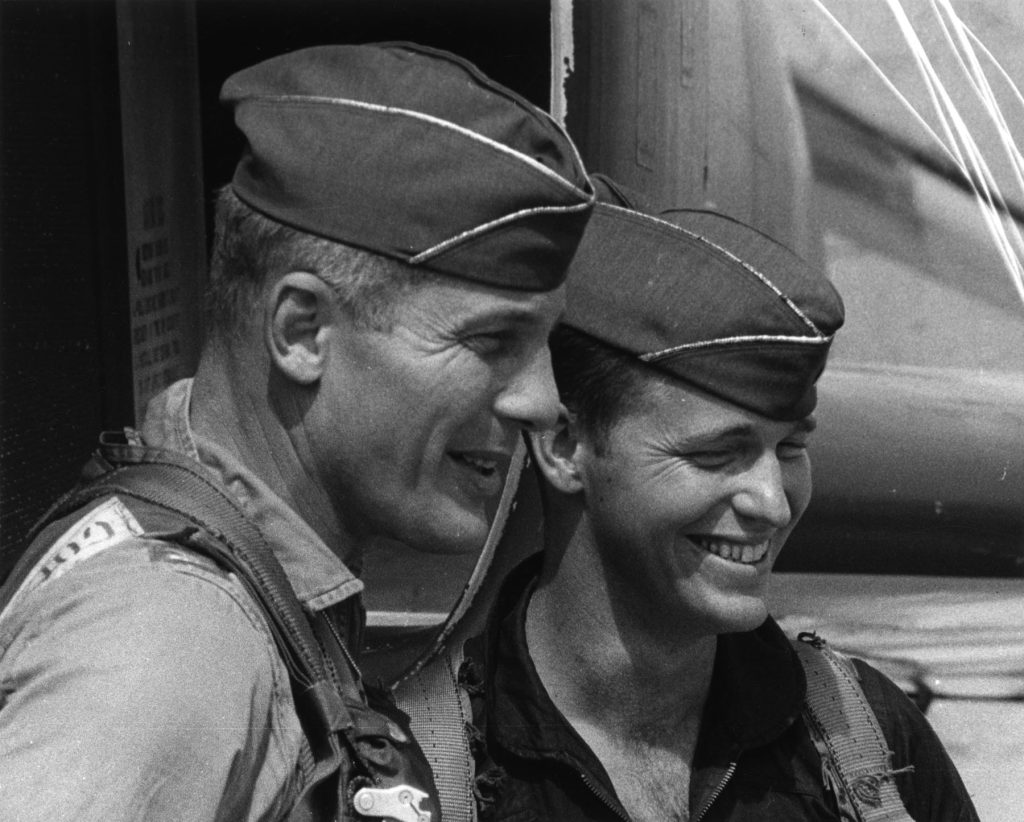
Upon returning to Ubon, the F-4s were celebrated by their ground crews, with the aircraft commanders and rear seat pilots (who weren’t called Weapons Systems Officers until 1969) holding up their fingers to show how many aircraft they shot down. The losses of the MiG-21s to the Phantoms of the Wolf Pack on January 2 and later on January 5 and 6 led to the grounding of the MiG-21s for four months in order for the North Vietnamese and Soviet Air Forces to develop a way to counteract this strategy.
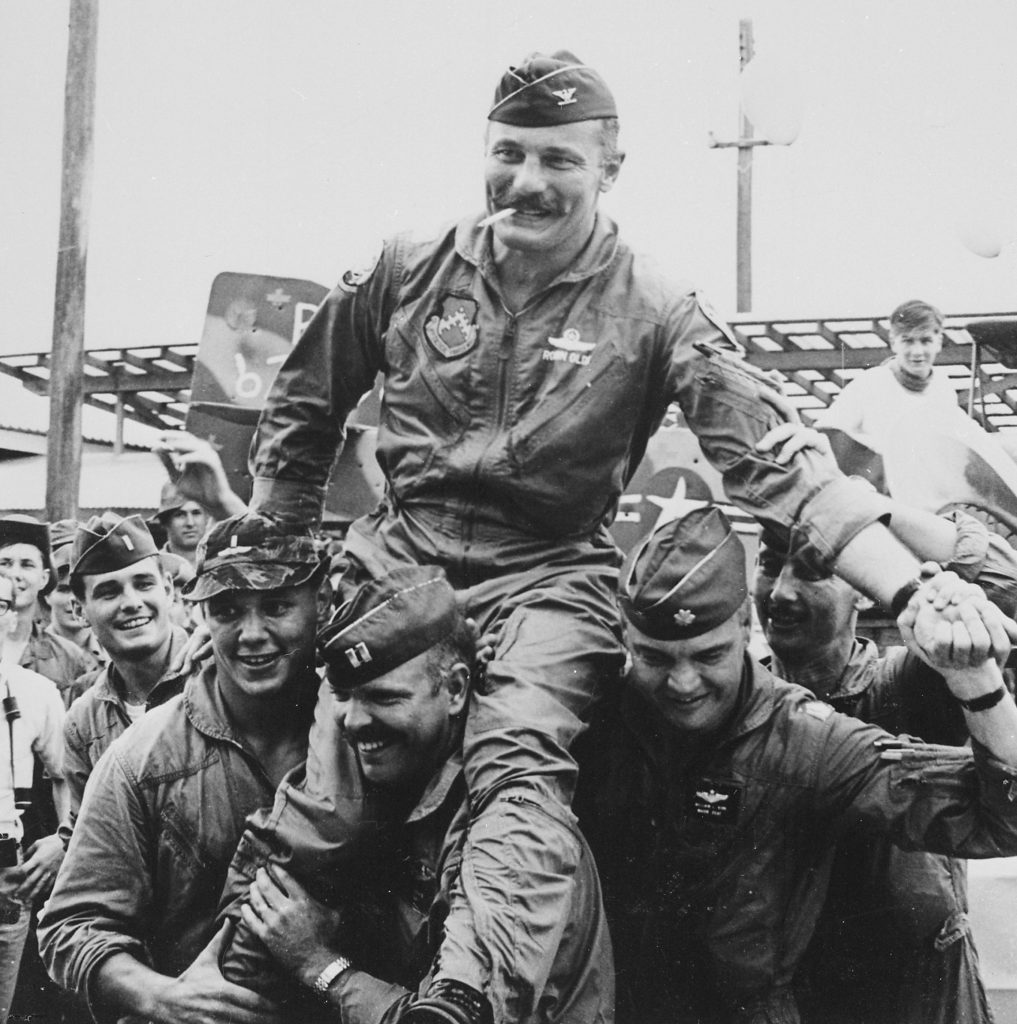
After the US left Vietnam, Robin Olds became the Commandant of Cadets at the US Air Force Academy and later the Director of Aerospace Safety before retiring from the Air Force in 1973 at the rank of Brigadier General. Daniel “Chappie” James, Jr. would go on to become the first African American four-star general in US military history. Their leadership has been continually studied by military institutions now for nearly fifty years, and Operation Bolo has gone down in history as one of the greatest ruses in aerial warfare.
Today in Aviation History is a series highlighting the achievements, innovations, and milestones that have shaped the skies. All the previous anniversaries are available HERE







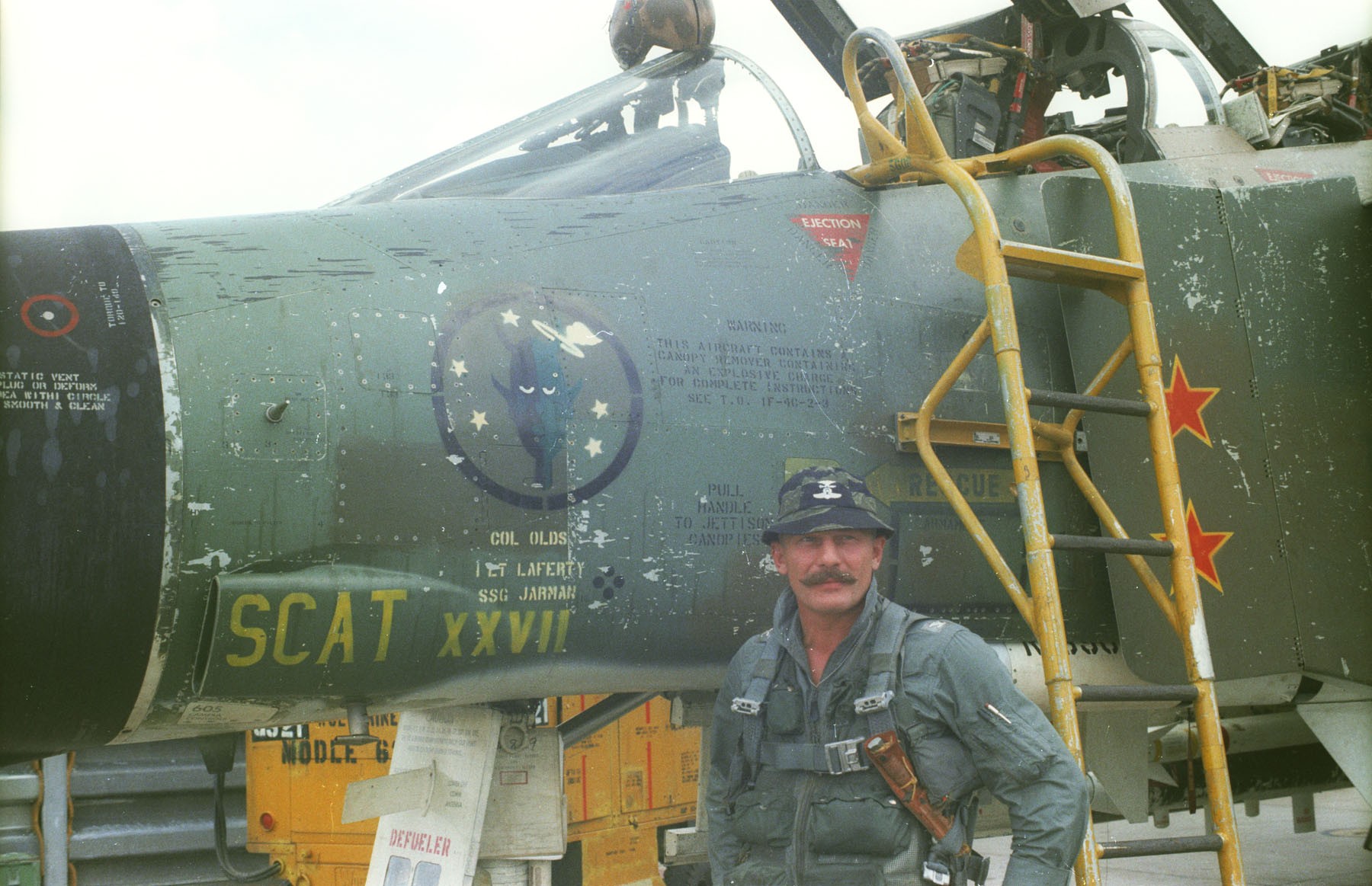

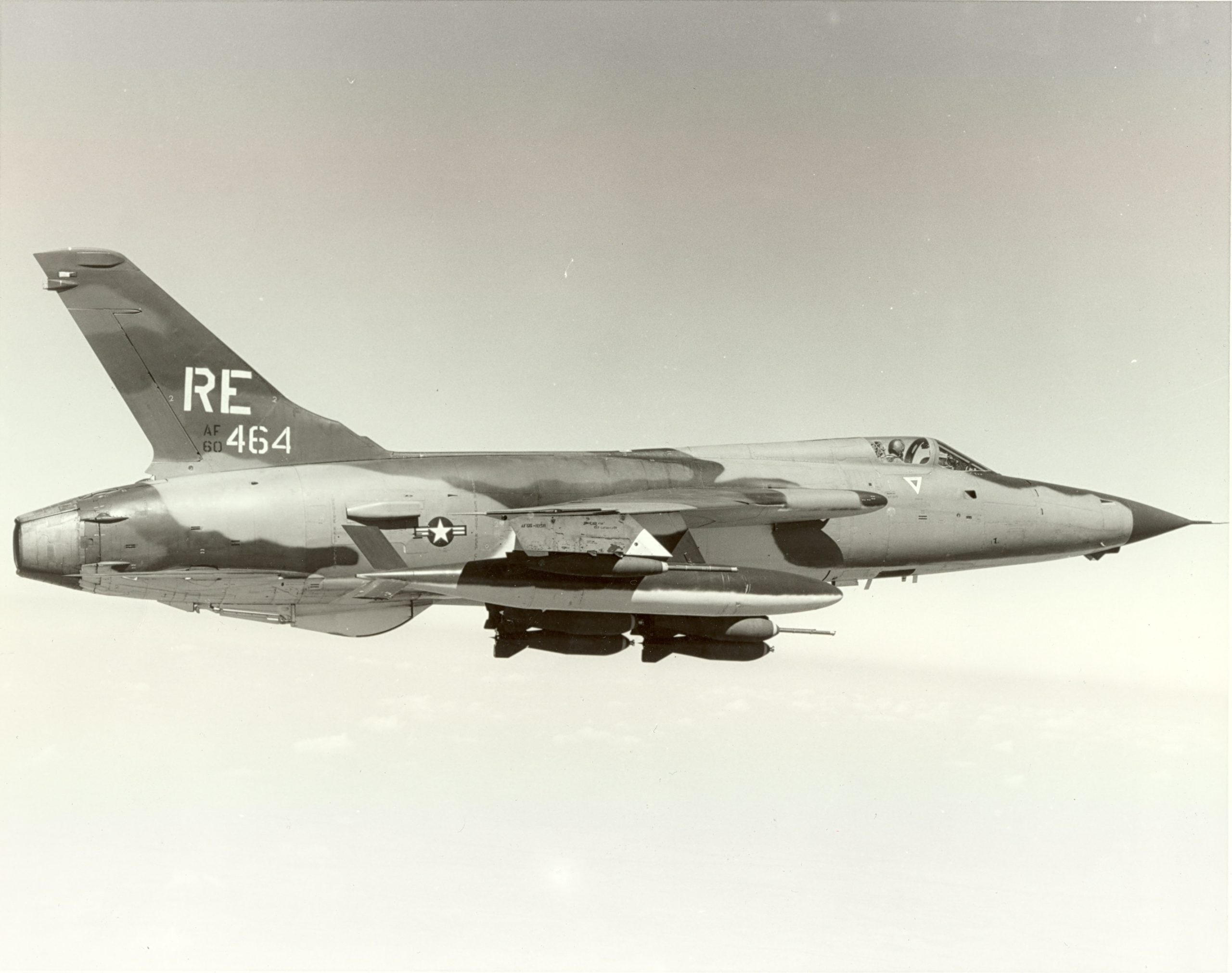
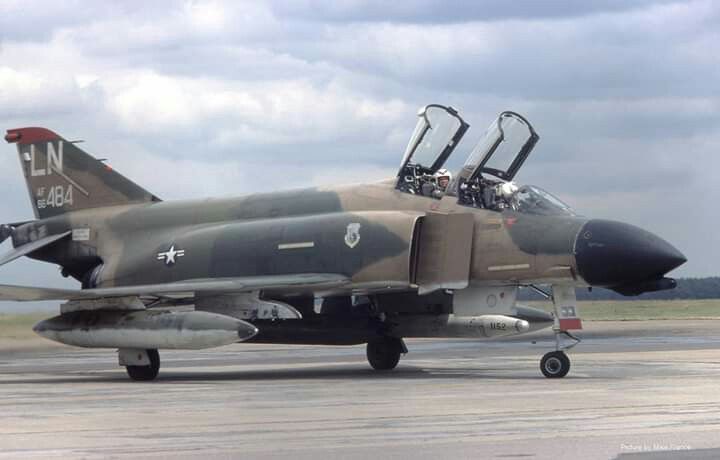
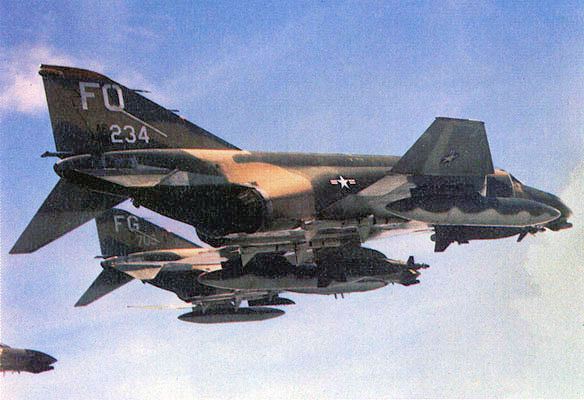
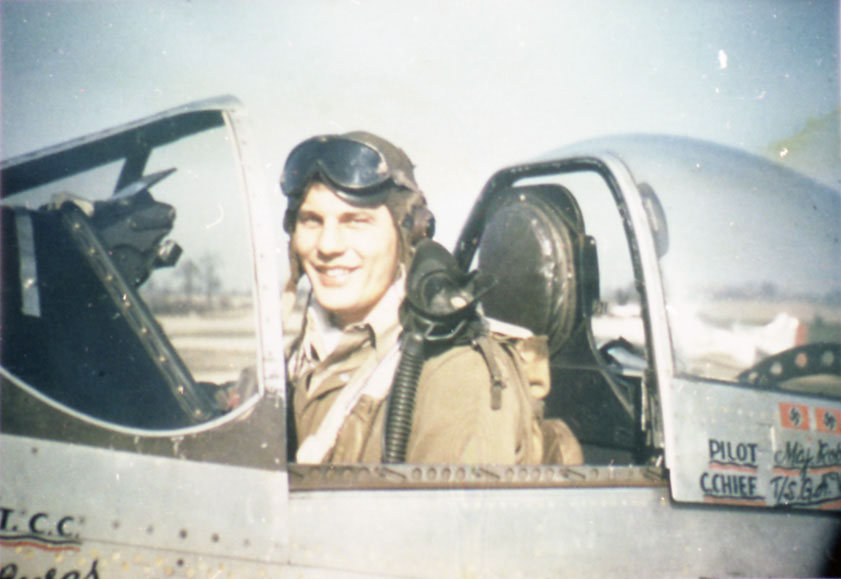
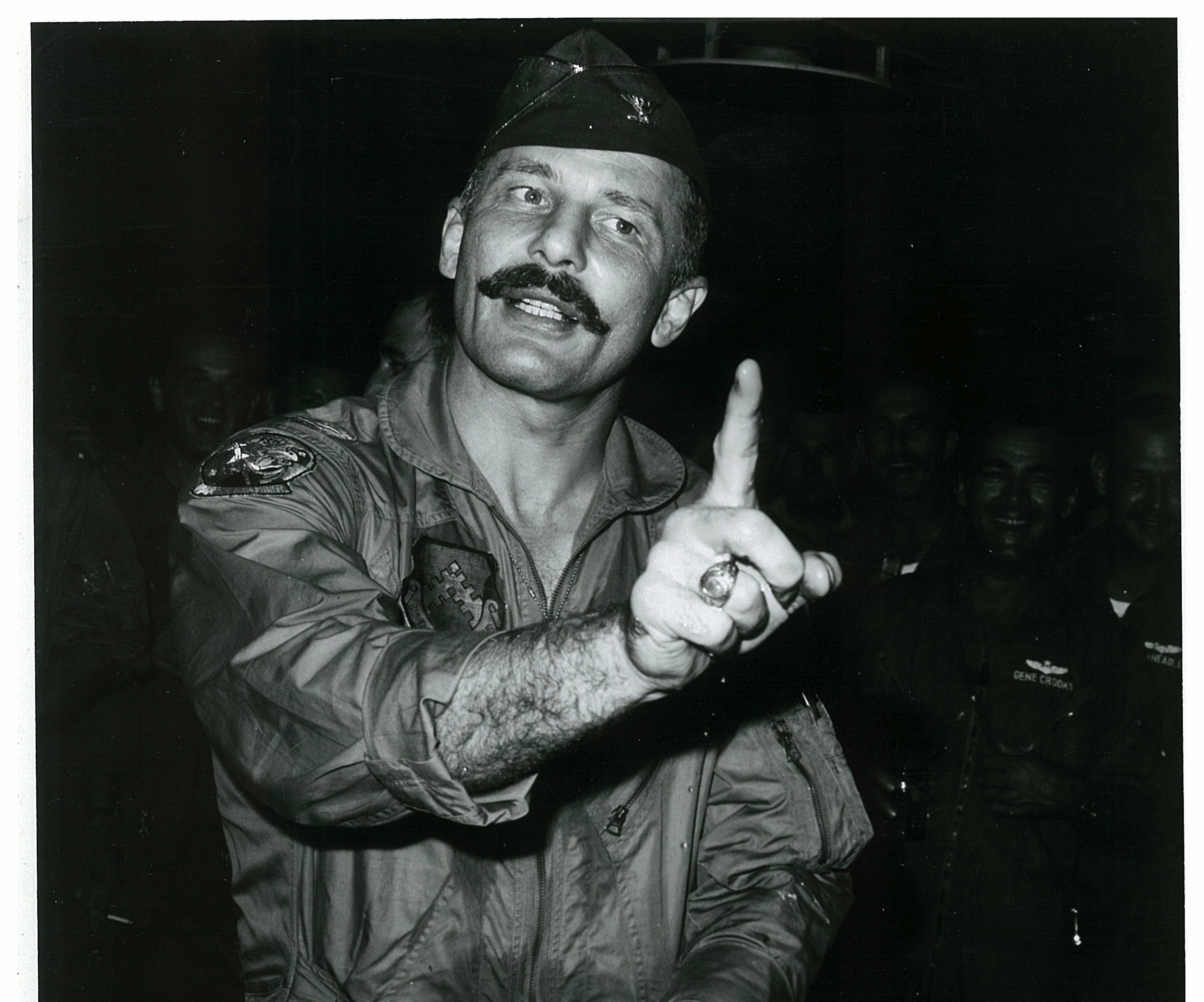
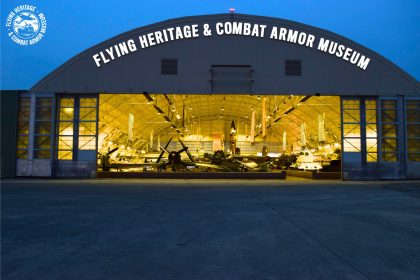
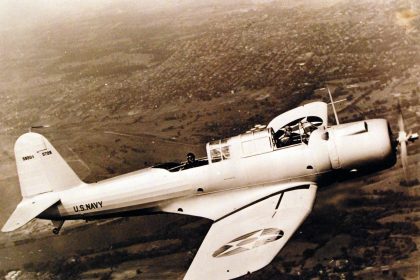
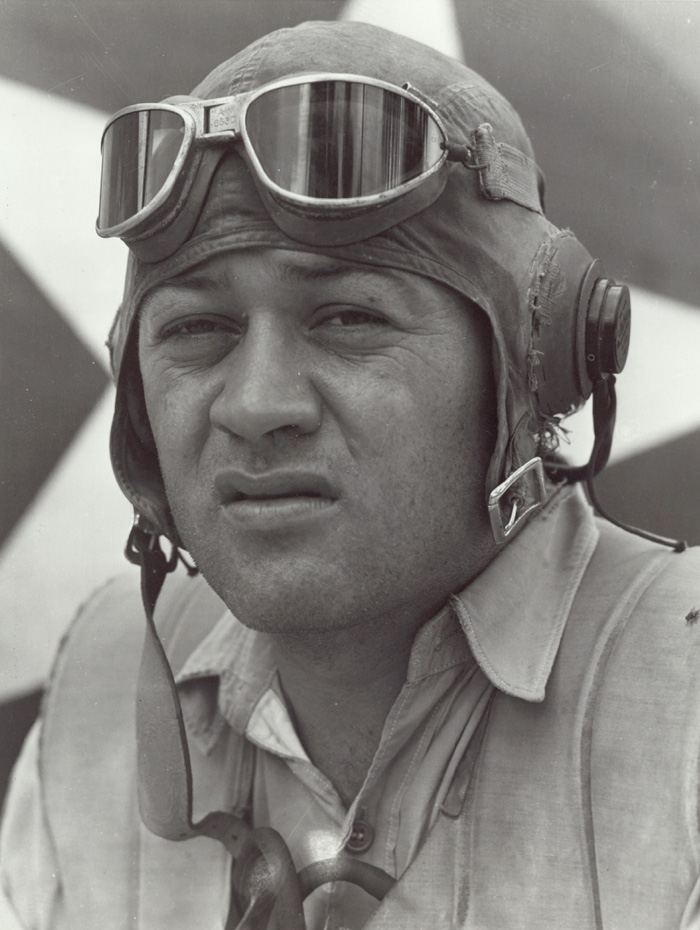
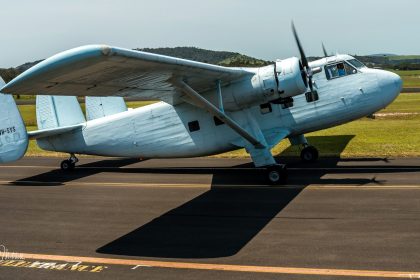

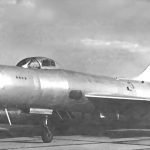
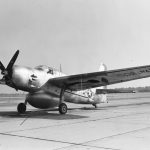
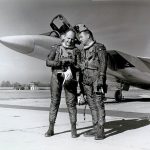
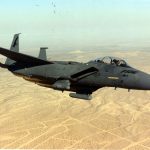
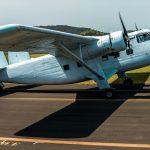
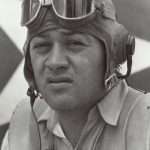
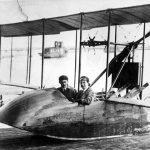
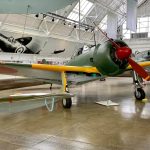
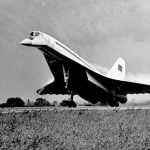
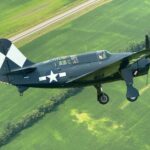
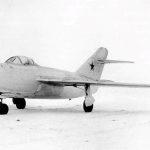












General Olds was probably one of the best fighter pilots of that era. Believe he also worked closely with his crew chief to get the radar installed on his F-4. His book “Fighter pilot” is on my reading list. RIP General. FLY NAVY!!!
Had the privilege of being assigned to the “Wolf Pack” from 1983-1984, when the Wing was and still is assigned to Kunsan AB, South Korea.
The legend of General Olds still lives on with the Wolf Pack and so does the esprit de corps of the Wing. Would still love to be assigned with them, as I suspect, most of us who have served with the 8TFW. In my 26 years in the Air Force, was my best assignment in my career.👍👍👍